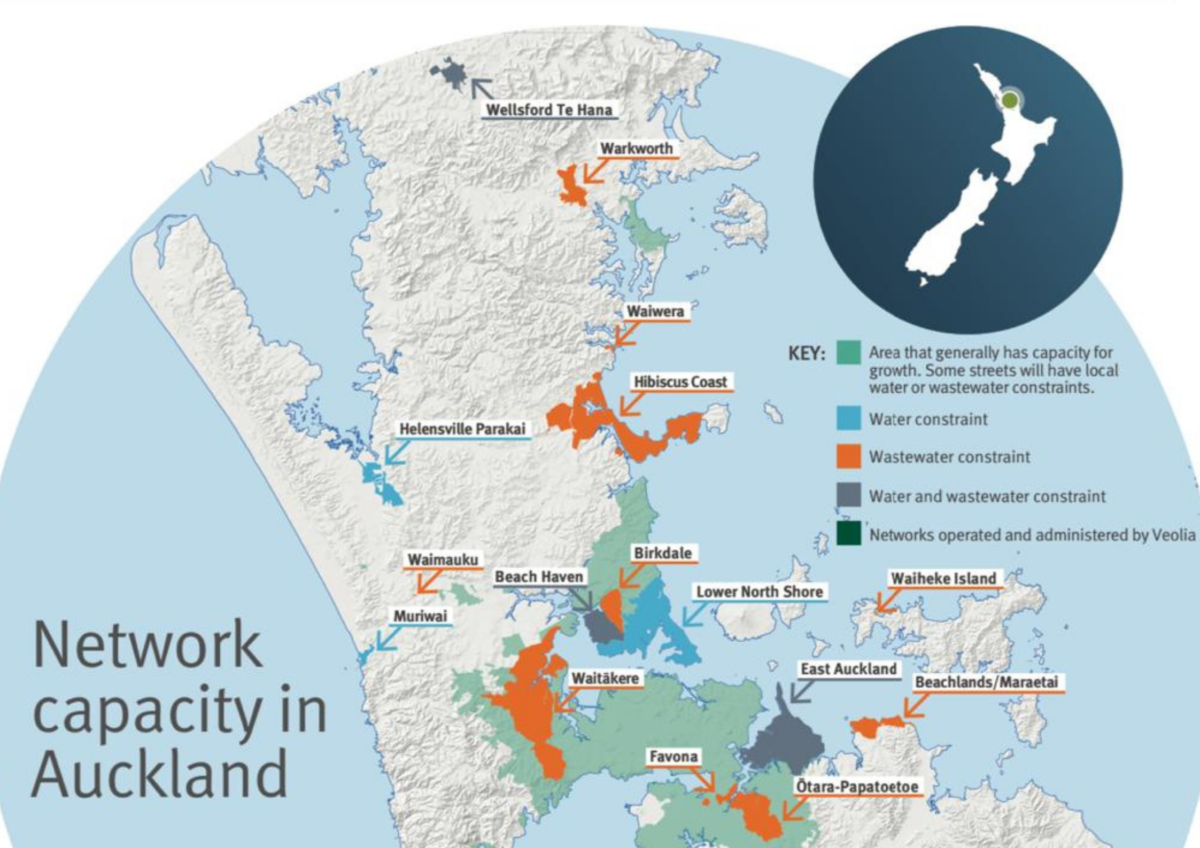There is a lot to consider when you are buying a home, and one element that shouldn’t be overlooked is the cladding. Not only does the cladding affect the aesthetics of a home, it also provides protection against the elements and can influence the price of a property.

What types of cladding are available?
There are many types of cladding available in New Zealand, all with pros and cons (you know what we’re going to say: do your due diligence!), including:
– Timber
– Fibre cement
– Natural stone
– Brick and brick veneer
-Concrete
– Stucco or plaster
– Metal
– Cedar
How cladding can affect the value of a property.
The more durable, watertight and aesthetic a cladding is the more value it can add to a property and in turn, increase the cost. That said, cladding with a longer life expectancy will mean less maintenance costs over the years compared to cheaper cladding.
What is the most popular cladding?
Arguably one of the most popular types of cladding in New Zealand is weatherboard.
Timber weatherboard is a classic style but often requires maintenance over the year as wood is more vulnerable to the elements, so make sure you build these repair costs into your budget.
A sturdier weatherboard cladding option is fibre cement, it might be more expensive initially but you won’t be spending as much on maintenance over the years.
Which cladding should you avoid?
Whilst there isn’t necessarily one cladding to avoid, it is important that you take into account the location of the home and the local climate to see whether or not the cladding can stand up to the elements or whether you might be signing up for regular repair costs.
You will often hear people saying you should be cautious of monolithic cladding due to the leaky buildings crisis. Monolithic cladding is a style of cladding that gives buildings a smooth, seamless look and is made from materials such as plaster and stucco or fibre cement applied over a backing material such as plywood or cement.
From the late 1980s to the early 2000s many of the timber-frame buildings weren’t built to the standards of the New Zealand Building Code. Not designed or constructed properly, clad in monolithic cladding, which is prone to cracking, and often built without a cavity system, these homes and buildings let in water and once the water got in, it had nowhere to go. The result was damp, rot, mould and structural damage, which brought with them health and safety problems.
The Building Act was amended in 2004 and new measures were brought in to ensure that the leaky buildings crisis wouldn’t happen again. Measures included a review of the building code and introducing the licensing of building practitioners
What due diligence should you carry out when buying a home?
It pays to do your due diligence for any cladding material, but if you are looking to buy a potentially leaky home, it requires a higher level of inspection.
Banks and lenders will require a watertightness report carried out by a certified watertightness inspector. They should look out for the likes of:
– Cracks or damage in the cladding
– Mould, dampness and musty smells
– Flat roofs with narrow or no eaves
-Items that protrude from the cladding such as handrails or balconies that can leave weak spots where water can get in
– Inadequate ground clearance
– Uneven ceilings and floors
– Rotting and rusting
If the building fails the report it is going to be harder to secure a loan. The banks or lenders could say no, or they could say yes if you have the funds to cover remediation costs, so be prepared for these additional set backs and costs.
Looking at buying a home which could be a leaky building and need mortgage advice? Get in touch with the team at The Finance Hub by calling 0800 346 482
 Auction
Christchurch
Empowers Women
Financial Literacy
Hamilton
House Purchase
Property Investment
Rental
Wellington
Auction
Christchurch
Empowers Women
Financial Literacy
Hamilton
House Purchase
Property Investment
Rental
Wellington
The Residential Tenancies Amendment Bill passed its third reading in Parliament at the end of last year and is now coming into force. But why…
 Uncategorized
Uncategorized
Recently parts of Auckland have been red-zoned by Watercare, Council Controlled Organisation CCO, effectively blindsiding many developers who have already bought land ready to develop.…
 Uncategorized
Uncategorized
What will happen to property prices in 2025 according to the leading economists?

Subscribe and get news and information about our webpage